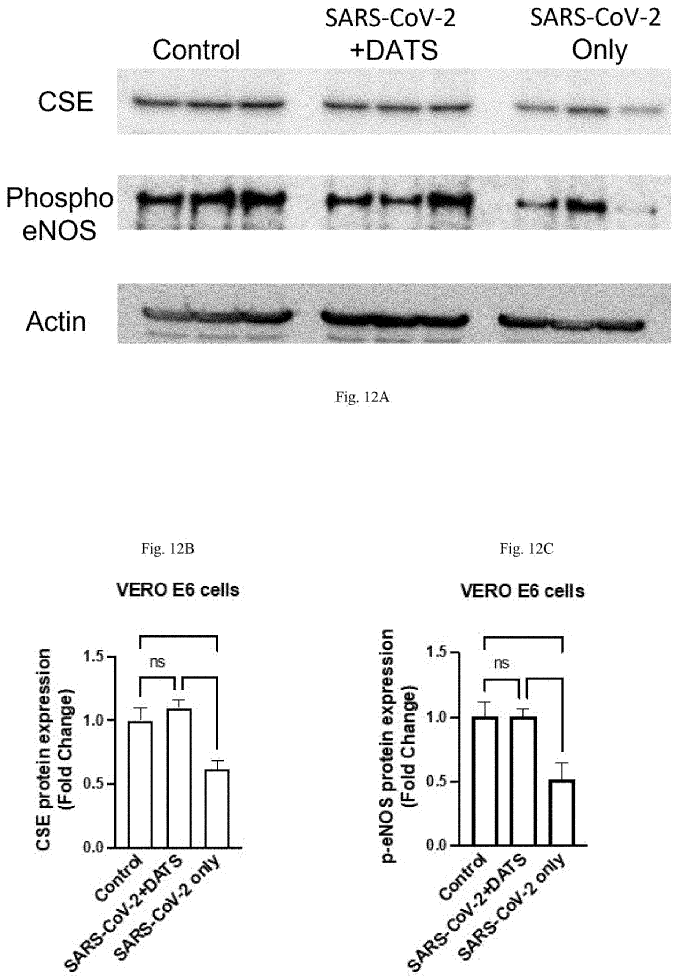Well-Defined Heparin Mimetics Can Inhibit Binding of the Trimeric Spike of SARS-CoV-2 in a Length-Dependent Manner
Well-defined heparin mimetics that could inhibit the binding of the SARS-CoV-2 spike or RBD to immobilized heparin or to Vero E6 cells. The inhibitory potency increased with increasing chain length, and a compound composed of four sulfated hexasaccharides linked by triazoles had a similar potency as unfractionated heparin. The heparin mimetics exhibit no or reduced binding to antithrombin-III and platelet factor 4, respectively, which are associated with side effects.
Utrecht University – Roosmarijn van der Woude, Robert de Vries et al
The University of Georgia – Lin Liu et al







